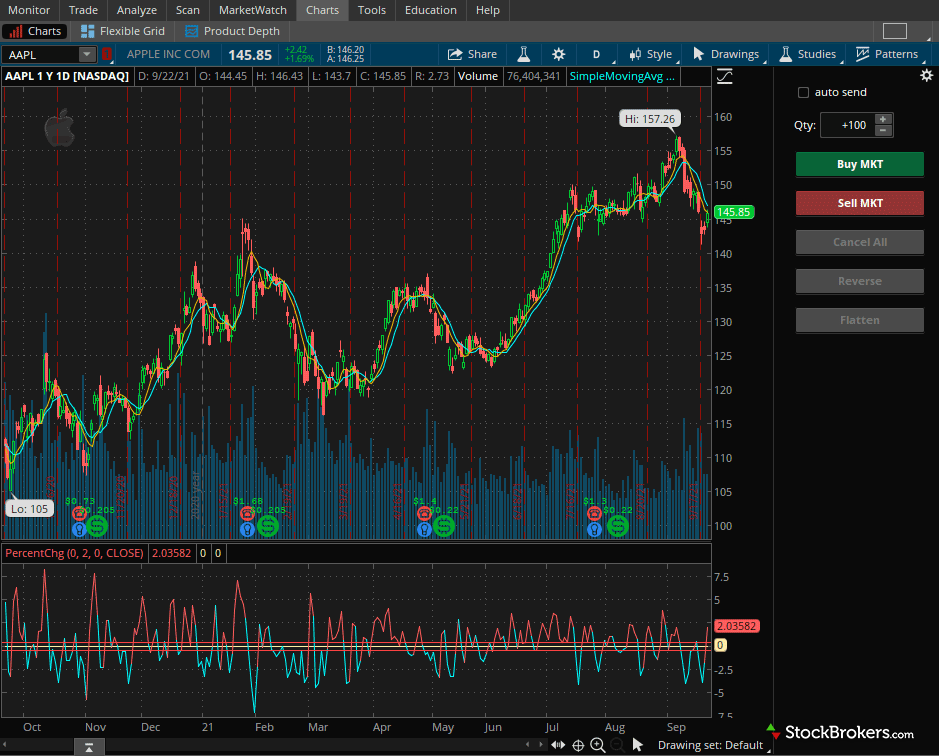The world of finance is replete with opportunities for those seeking to achieve financial freedom. Among the myriad of investment strategies, options trading stands out as a powerful tool in the hands of savvy investors. The art of options trading offers the potential for significant returns, hedging strategies, and enhanced portfolio diversification. This article explores the fundamentals of options trading and how it can serve as a path to financial independence.
Understanding Options Trading
Options are financial derivatives that grant the buyer the right, but not the obligation, to buy call option or sell put option an underlying asset, such as stocks, at a predetermined price strike price within a specific timeframe expiration date. Options trading enables investors to speculate on price movements, manage risk, and capitalize on market volatility. The versatility of options lies in their ability to profit from both rising and falling markets, offering unique opportunities that traditional investments may not provide.
Leverage and Risk Management
One of the most attractive aspects of options trading is the use of leverage. By investing a relatively small amount the option premium compared to the potential returns, traders can amplify their gains significantly. However, it is essential to acknowledge that leverage works both ways, magnifying losses when the market moves against the trader. As such, risk management becomes paramount in options trading. Sensible investors use various strategies to mitigate risks, such as setting stop-loss orders, diversifying their positions, and avoiding overexposure to any single trade.
Strategies in Options Trading
Options trading presents a plethora of strategies catering to different risk appetites and market expectations. Some common strategies include:
Covered Call: Investors who own the underlying asset can generate additional income by selling call options against their holdings. If the stock price remains below the strike price, the options expire worthless, and the trader retains the premium received.
 Protective Put: This strategy involves buying put options to protect an existing stock position from potential downside risk. If the stock price drops, the gains from the put options can offset the losses in the underlying asset.
Protective Put: This strategy involves buying put options to protect an existing stock position from potential downside risk. If the stock price drops, the gains from the put options can offset the losses in the underlying asset.
Long Straddle: Traders use this strategy when they expect significant price fluctuations but are uncertain about the direction. They buy both a call option and a put option at the same strike price and expiration date.
Iron Condor: This is a more complex strategy that combines a bear call spread and a bull put spread. It is used when the investor anticipates low volatility and aims to profit from a range-bound market.
Collar: This strategy involves simultaneously buying protective puts and selling covered calls to limit both potential gains and losses. It is often employed when an investor wants to protect their position while generating some income.
The investing books offers a promising path to financial freedom for those willing to embrace its intricacies and manage its risks. However, it is important to remember that options trading involves inherent risks, and success comes with a strong foundation of knowledge, discipline, and risk management. As with any financial endeavor, seeking advice from professionals and mentors.